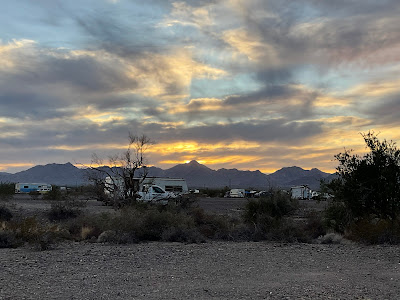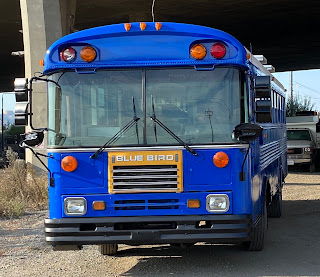Being a Disabled Elder
What is a disabled elder?
Is it someone who’s just lived enough years?
Is a disabled person named an elder by their disability communities?
Can someone name themself an elder?
Are there responsibilities for taking on the title of elder?
How do we envision disabled eldership when existing models depend on a multigenerational framework – where people are born into community and grow up with elders?
Can we have elders in disability communities with adult onset of disability?
After I turned 50 these questions began to swirl around in
my head. I could foresee myself slowing down. At that point my primary focus
was active. I organized conferences, gave speeches, gathered folks together.
What role would I have in disability communities if I couldn’t be active in the
same way?
I am now 70. I moved into my elderhood the way I moved to this age – one day at a time. Each day offering opportunities to examine these questions.
I’m sharing my thoughts with you not only looking back but also looking forward. The questions above still swirl. I don’t have answers only my experiences which shape and re-shape me.
Coming into disability community means navigating self- and
community-defined practices. A few disability communities, most notably Deaf
and Little People ones, created structures to pass on information over multiple
generations. Deaf and Little babies are openly wanted. Little People have
extensive adoption networks to find Littles to bring into community.
Deaf and Little People communities offer the normed life cycles. A person can
go from birth to death without ever being separated from these communities.
For the rest of the disabled world, we must find and decide to join disability communities. This means we don’t have a lot of experience with normed life cycles. We might have children, parents, even elders in our disability communities. But we might not.
People enter disability at all stages of life. Some are born into disability others acquire their disabilities as youth or young adults or older adults. Often grouped by medicalized disability labels (i.e. diabetic, spinal cord injured, etc.) each disability community creates its own structures. Nearly all need to have some activists to fight for resources but not all have designated leaders, resource keepers or elders.
My disabilities span multiple disability groups. My other identities – queer, mother, writer – also offer me different group role options.
As I aged I asked myself “Where are the gaps? What might benefit disability
communities?”
Life blessed me with many great disability mentors. They span a wide age range and encompass many disability communities. No matter their specific interest – mutual aid networks, legislative change, increasing services – they all spend enormous energy to collect information and pass it onto their disability communities.
I had two wonderful grandmothers, one of whom lived with us. Most of the first generation in the U.S. families in my neighborhood had grandparents who provided sustenance – both spiritual and physical – to all the families around us.
As I imagined my older years I realized I wanted to be share information and support to disabled people.
When I turned 60 I announced that I was retiring even though I hadn’t had a paid job in a long time. I was stating publicly that I wouldn’t be seeking to lead a project but to support one. That I would gladly share information about disability histories and that I was available for confidential conversations about navigating disability politics and personalities.
I had not expected to become part of end-of-life discussions with disabled people but stepped up when medical systems started targeting the lives of my friends.
Concerned that the lived disability histories of the last 50 years would disappear in a generation I became active in preserving personal archives. I talk about it with disabled people who mostly ignore me. I worry that in 100 years the only record of our amazing disability communities will be a few articles about our most famous white physically disabled members.
I asked friends to help me to collect all my disability writing and memorabilia and donated it to the San Francisco Public Library History Archives. I love knowing that my work sits near Harvey Milk’s papers and is housed across the street from the site of the 504 Sit-In of 1977.
These days I live full time in a van and travel slowly around the U.S. Part of my elder journey is to allow myself the joy of sitting next to trees and water which soothes while allowing for unrestricted contemplation. I’m always available to disabled folks who want to chat.
At age 50 I could not imagine being so unplugged from urban-speed disability activism. I don’t miss the bustle or demands.
An unexpected gift of aging is losing my attachment to meeting
other people’s expectations of who I should be, how I should look, what I
should do. I’ve come to live by this simple Dr. Seuss wisdom:
Be who you are.
Say what you feel.
Because the people who mind,
Don’t matter and
The people who matter,
don’t mind.





